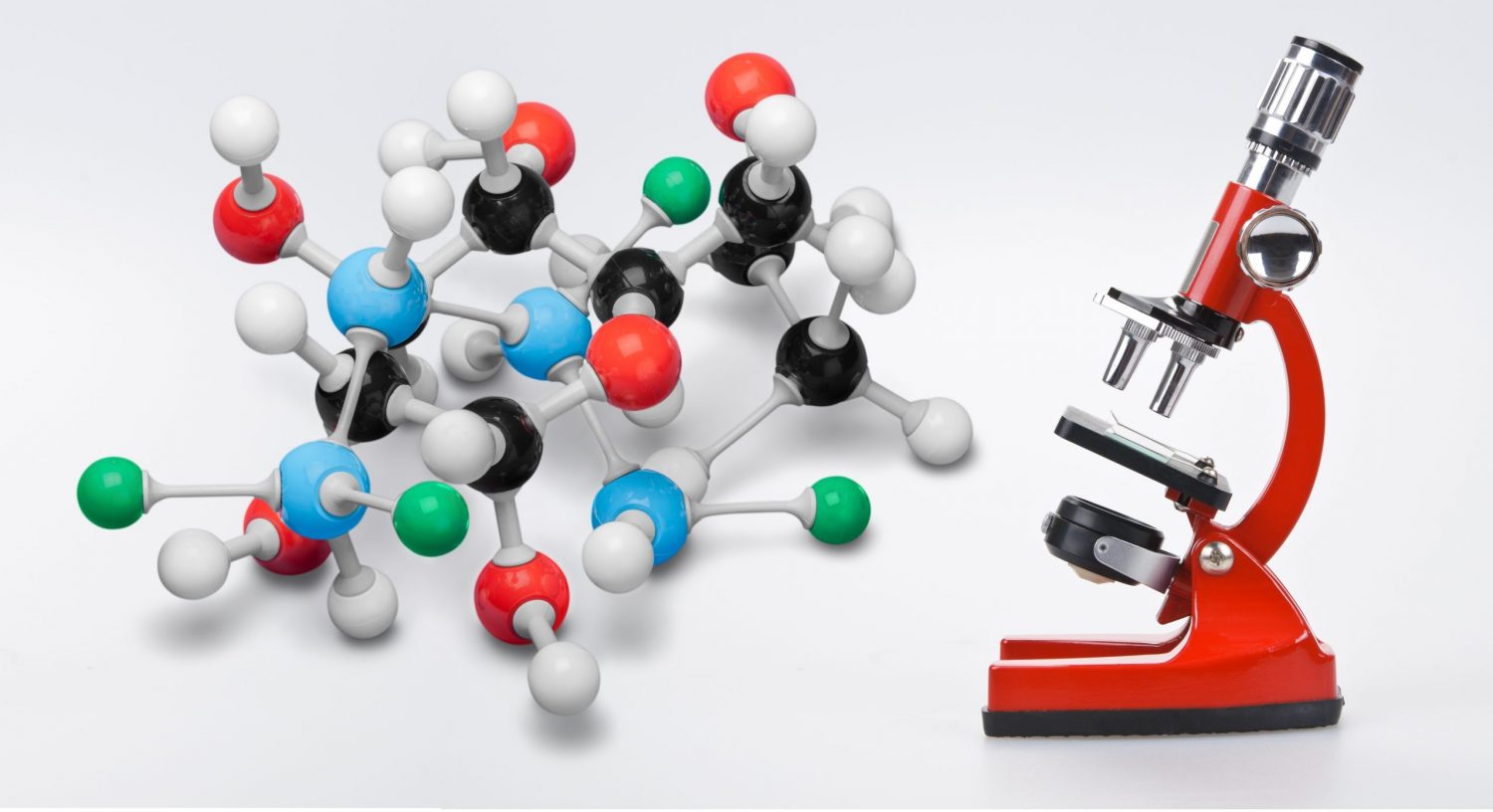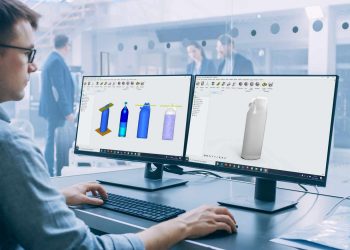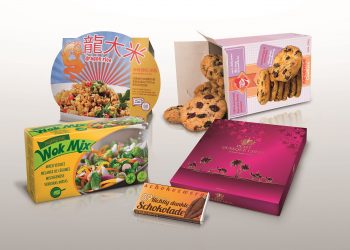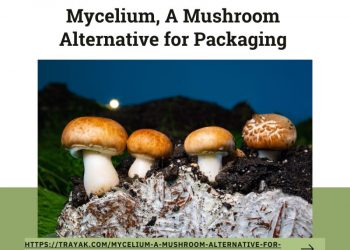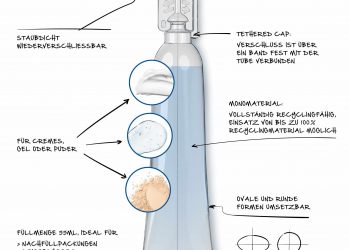Nanotechnology deals with the production and usage of materials having nanoscale dimensions in different field of science. Nanomaterials, due to their nanoscale dimensions have high surface to volume ratio, which confers them very unique and specific properties as compared to their macro component. To imagine just how small a nanoparticle is, there are 25,400,000 nanometers in an inch. Bringing the molecule to nano scale impacts the optical, magnetic, interfacial, electrical and chemical properties.
Nanotechnology is new and expanding its application in development of innovating methods for fabricating new products and to formulate new chemicals and materials. Being at nanoscale it revolutionized in material and energy reduction making them a green technology through conservations of resources. Nanomaterials are clustered into three classes namely nanoparticles, nanofibers and nanoplatelets.
According to Business wire report Global nanotechnology market is poised to grow at compound annual growth rate of 18.1% over the next years leading to a market size of $173 billion by 2025. Nanotechnology is used in diverse applications such as electronics, packaging, biomedical, textile, cosmetics, paints, medical and health care, lubricants and agrochemicals.
Packaging is an important part of product and a perfect packaging material must have desirable strength, barrier and performance characteristics. Nano-based packaging confers several advantages over conventional packaging methods and provides better packaging material with improved strength and barrier.
Nano-antimicrobials
Food spoilage by microbes is a vital issue which food industry is facing and is more relevant in a scenario when world is facing food shortages. Usage of metal and their oxides as antimicrobial is a common phenomenon in food and food packaging. Using inorganic nanoparticles of these metals and metal oxides, strong antimicrobial activity can be achieved in low concentrations while providing more stability in extreme conditions. The extremely reactive nature of nanomaterials over their macroscale counterparts is due to the high surface to volume ratio. An antimicrobial packaging is actually a form of active packaging which inhibits or retards the microbial growth that may be present on food surface. Several nanoparticles such as nanocopper oxide, nanosilver, nanotitanium dioxide, nanomagnesium oxide and carbon nanotubes can be used as antimicrobial agents in packaging. Nanoengineered surfaces are one of the efficient agents to suppress the growth of microbes and enhance the quality and safety of the food. Some of the nano antimicrobial agents are used in combination where two or more antimicrobial particles provide synergistic effect. For instance silver combined with titanium dioxide and carbon nanotubes effectively combat E.coli and Bacillus cereus spores. The production of reactive oxygen species (ROS) by nano TiO2 is detrimental to pathogenic microbes making it an effective antimicrobial.
Nanocomposites
Numerous nanoparticles such as SiO2, clay and silicate nanoplatelets and carbon nanotubes are reinforced into the polymeric matrix to give Nanocomposites. These nanocomposites provide low permeability to gases and hence improve barrier properties, and temperature and moisture resistance of the packaging. Utilization of Carbon nanotubes facilitates the elimination of CO2 or assimilation of unpleasant flavours. Nano clay in the nanocomposite, used for production of drink bottles and other food packaging materials, significantly enhances the gas barrier features and thereby inhibits oxygen and moisture from diffusion, drink destabilization and spoilage of food material. The incorporation of nano clay particles into ethylene vinyl alcohol (EVOH) and Polylactic acid (PLA) improves the oxygen barrier resulting in improved shelf life of food product. They typically contain up to 5% w/w clay nanoparticles providing 80-90% reduction in permeability. Clay layers present as reinforcement make the diffusive path more torturous and hence improvement in barrier properties. Due to nanoscale size particles dispersed in polymer matrix, nanocomposites also improve mechanical, thermal, and physio chemical properties. These are being used for manufacture of beer, edible oils and carbonated drinks bottles and films.
More applications
Another application of nanoparticles is to provide functional attributes like antioxidant and scavenging which results in the longer shelf life of the packed product. Obstruction of oxidation, regulations of moisture, respiration rate, microbial growth, volatile flavour and aromas are various applications where nanotechnology is being used in the food packaging industry. Titanium nanoparticles are added to different polymeric films to get oxygen scavenger films, which can be used to pack oxygen sensitive products.
Nanoparticles are also used in the development of nanosensor which detect food contaminants, traces the physical, chemical and biological modifications during food processing. Specifically designed nanosensors and nanodevices are used to detect toxins, chemicals and pathogens.
Conclusion
Nanotechnology offers tremendous opportunities for innovative developments in food packaging. The application of nanotechnology gives benefits of improved performance in terms of barrier, mechanical and physio-chemical properties of packaging resulting in safe handling of food and enhanced shelf life. However, further research needs to be carried out in the field since many of the applications are in nascent stage. Further, toxicological and migration studies also needs to be extensively done to ensure food safety. Whatever present scenario may be, but it is clear that in future nanotechnology and food packaging will go hand in hand to benefit both the customer and the industry.
Dr. Meenu S. Sachdeva is a Doctorate in Polymer Chemistry with 20 years of experience in R&D, Quality Assurance and Technical support. She is lead auditor for QMS and FSMS and had been consultant for QMS, EMS, HACCP and FSMS. During her career she had been guest faculty in various Universities and colleges and has helped various students to complete their academic research projects. She has many publications to her credit in National and International journals. Currently working as Head QA and R&D with Ultimate Flexipack ltd., A group company of UFlex Ltd.

